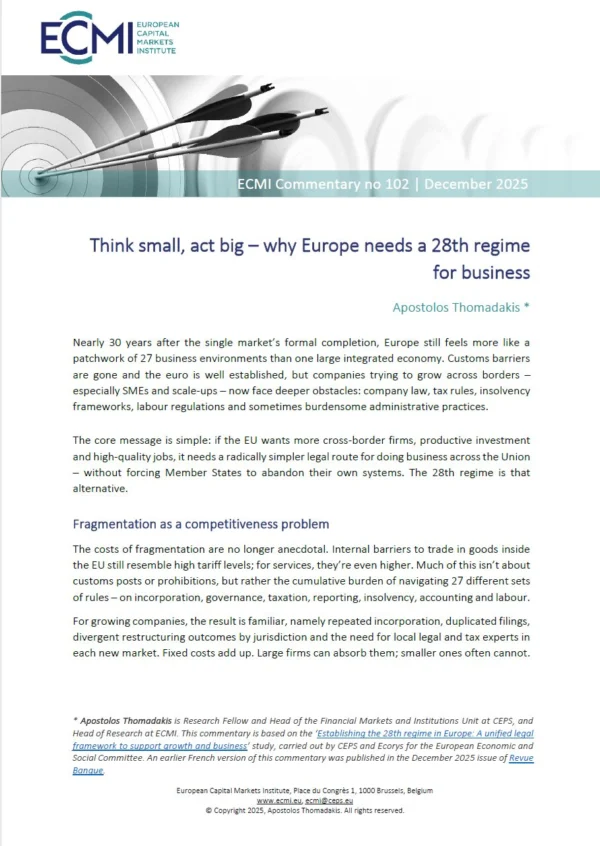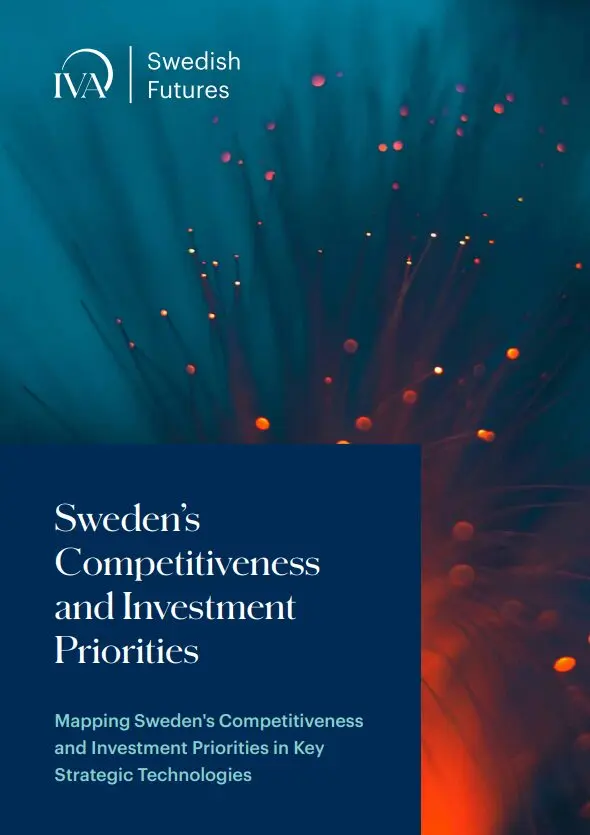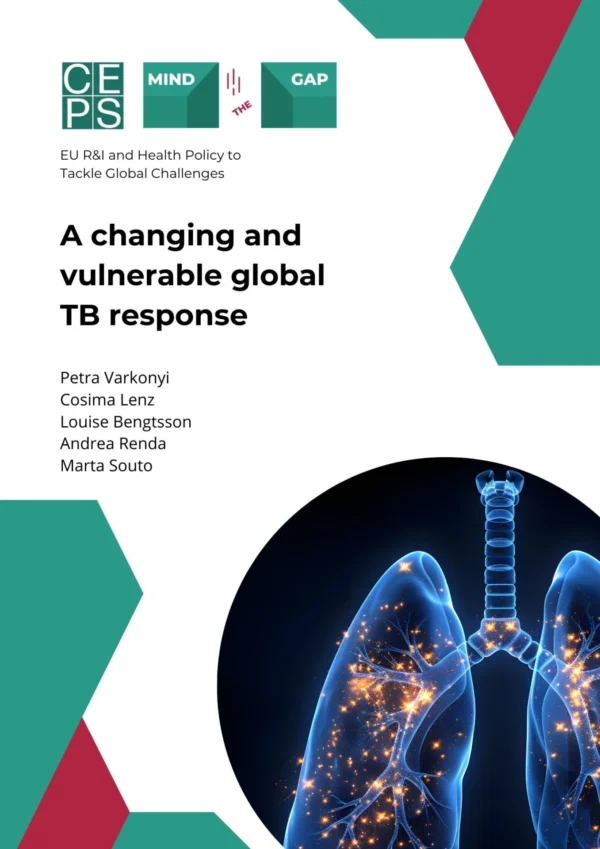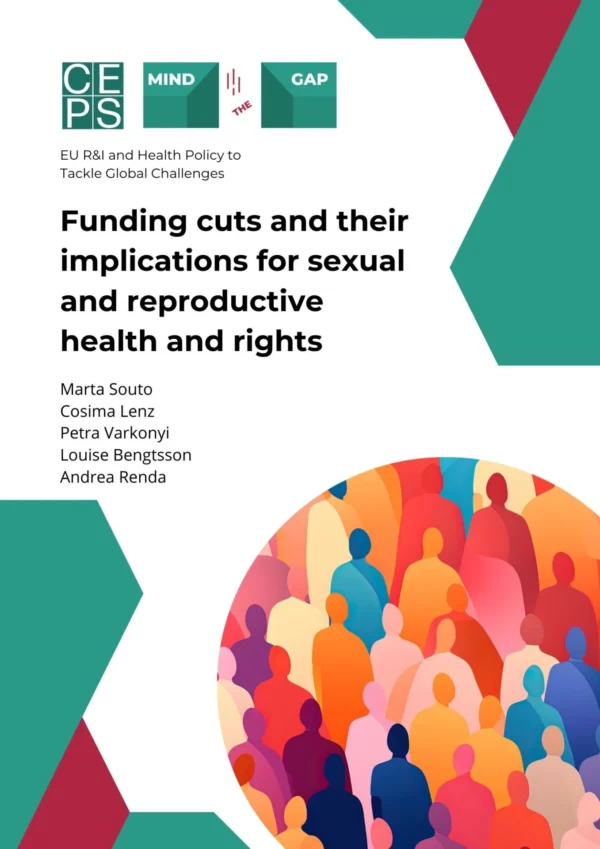Author: Stefano Micossi
CEPS Series: Special Report No. 148 No. of pages: 36
Over the past thirty years, the Single European Market has been the core business of the European Union, and enormous progress has been achieved in both ‘widening’ the economic activities covered by EU legislation and ‘deepening’ the acquis to overcome emerging gaps in integration in areas already covered by legislation. And yet, empirical evidence indicates that market integration has stalled on many fronts and, more importantly, that the expected economic benefits of integration in terms of higher growth of incomes, jobs, and productivity have fallen short of expectations, notably in the long-established EU-15 member states. The situation has not improved since the introduction of the euro.
This paper reviews the main developments in Single European Market (SEM) legislation and regulatory activities over the past three decades; it summarises the results of the SEM programme in market integration, highlighting areas where gaps appear to be more evident; and discusses the impact of economic integration within the SEM, including aspects that play an important role in feeding popular resistance to integration.
Keywords: Single European Market, regulatory models, free movement, goods, persons, capital, services.
Stefano Micossi is Director General of Assonime and a board member of CEPS.
This report was first published by the College of Europe as Bruges European Policy Briefing No.41/2016, and is republished here with the kind permission of the College.The views expressed are attributable only to the author and not to CEPS or any other institution with which he is associated.












